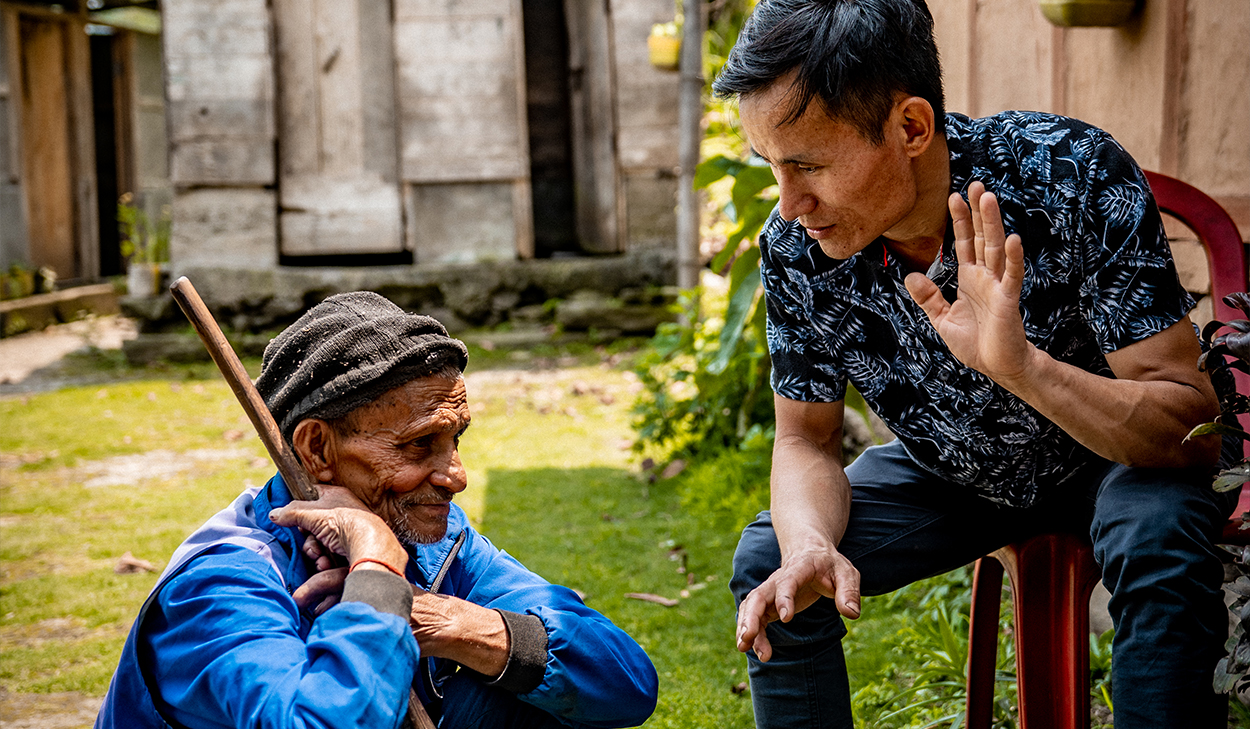Why National Partners are Important in Missions

When I look at the state of our world, I am quickly overwhelmed thinking of the number of people who still have never heard the name of Jesus, much less the gospel—a number estimated to be more than 3 billion people currently living on our planet. It is even more daunting to consider those who not only haven’t heard but have no access to the gospel—no Bible in their language, no church to visit, and no Christians to share with them. These individuals and communities are known as the unreached.
I have heard many stories from missionaries who have encountered people in this situation, and upon sharing the gospel they have encountered not only a curiosity and acceptance of the gospel but an expectation and longing for answers to God’s previous revelation to them—often through dreams where they had seen a person we would all recognize as Jesus, but they had no idea who He was. There is clearly a hunger for the gospel but not enough workers to take the gospel to the nations.
To reach more than 3 billion unreached people, Joshua Project estimates that more than 70,000 Christian workers are needed to evangelize the hardest-to-reach places. With only about 12,000 missionaries working among the unreached, we have a long way to go.
For these billions of people, how will there ever be enough missionaries to accomplish what Jesus spoke of in Matthew 24:14, when he said, “‘And this gospel of the kingdom will be proclaimed throughout the whole world as a testimony to all nations, and then the end will come’”?
One of our guiding principles at East-West is “local ownership of the missionary task.” By this we mean that, ultimately, our desire is to see indigenous believers take ownership of and become the leaders in ministry efforts. The hope is that these ministries become resourced locally and culminate in seeing their people reached.
Missiologists agree that so long as less than 2% of any people group are evangelical believers, the church cannot grow on its own. Even in populations where there are established churches and committed followers of Christ, until the number of believers reaches this tipping point, we must continue to go and send for the glory of God and the sake of those that have yet to hear the gospel. But as we go and send, our strategies and methodologies must ultimately culminate in a vision of seeing the local believers owning the task of reaching their people.
This model follows the example of Jesus. As Jesus sent out workers into the harvest, where did those workers come from? They came from the harvest (Luke 10). This principle still applies today—the workers come from the harvest. As we follow the command of Christ and “‘pray earnestly to the Lord of the harvest to send out laborers into his harvest (Luke 10:2, ESV),’” we must bear this in mind and pray for those who are currently a part of the harvest to become the workers in the harvest. Along with that, we must seek to follow the Lord as He reveals to us our individual role in this harvest.
As I think about the importance of local ownership of the missionary task, I am quickly reminded of my friend R. (I’m concealing his identity for his safety.) R is from Central Asia, but he had been living in another country for 20-plus years. Because of our current geopolitical situation, R recently returned to his home country. In his first year back in his home country, R has been able to recultivate prior relationships and establish new relationships with important government leaders, which has paved the way for a small team of East-West missionaries from America to receive visas and be welcomed into this difficult-to-access country. This team, in just their first few months of serving in Central Asia, has been able to see several young, Muslim background university students trust Christ as their Savior.
Local ownership of the missionary task is the point at which missions can transition into local ministry. The work is no longer cross-cultural—it becomes indigenous. When the work becomes indigenous, the methods of ministry, expressions of worship, and even the style and nature of meeting spaces begin to look less and less foreign and take on forms that are more contextual, sustainable, and reproducible.
This is also the point at which it is possible to see a multiplication of disciples and churches as opposed to those quantities only growing by addition as is the case when the only evangelism and discipleship is being done by outsiders.
There are only so many missionaries that can be sent by the church. For the Great Commission to be fulfilled, we need to build up believers in unreached places to evangelize and disciple their own people.
Related Categories
Missions StrategyMissionary D
Missionary D lives and serves in Eastern Europe with his wife and children. Because of the nature of his work, his identity has been concealed.